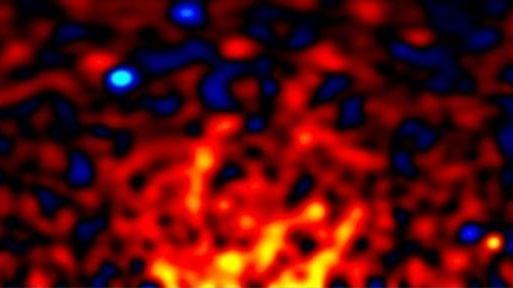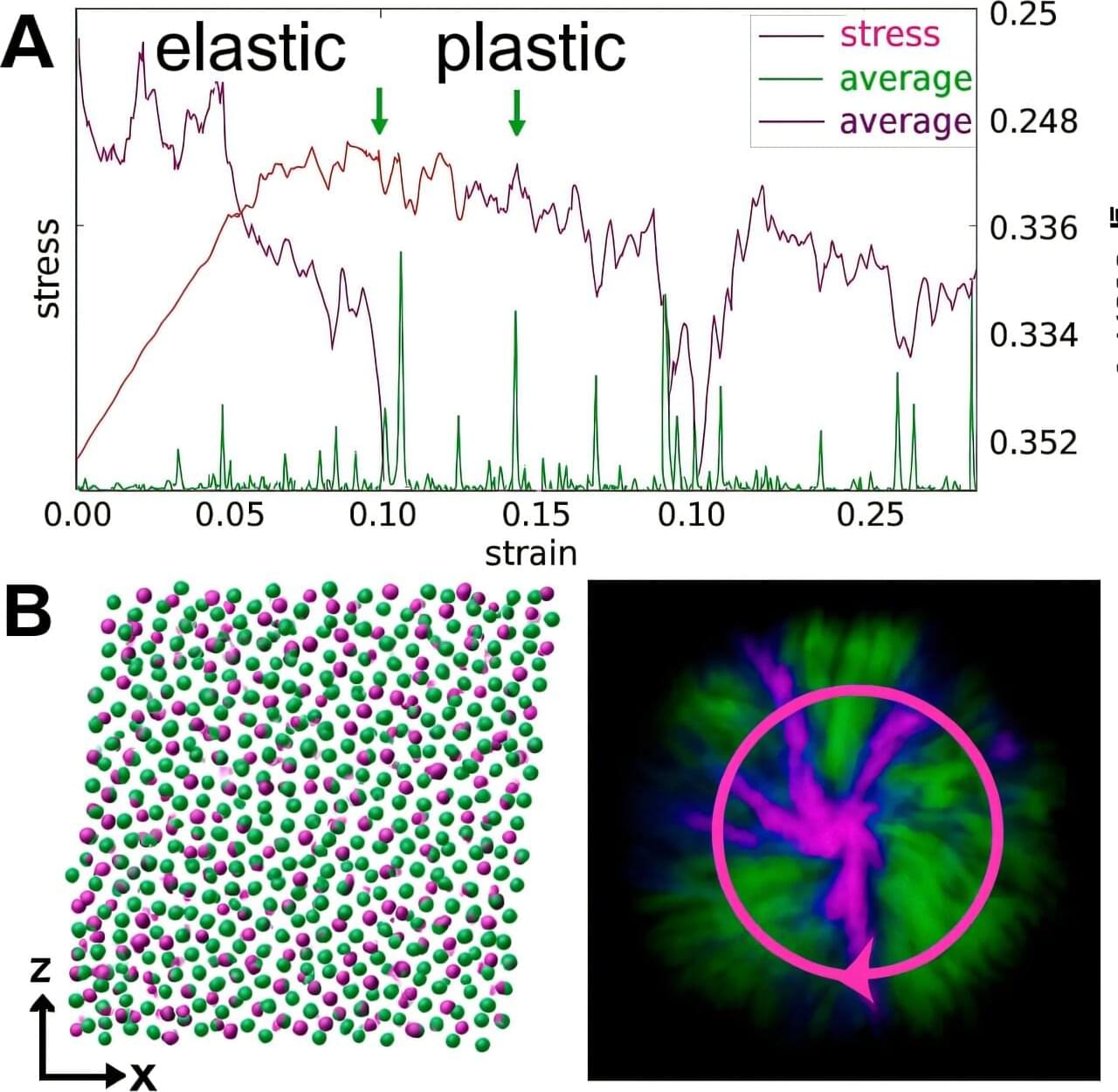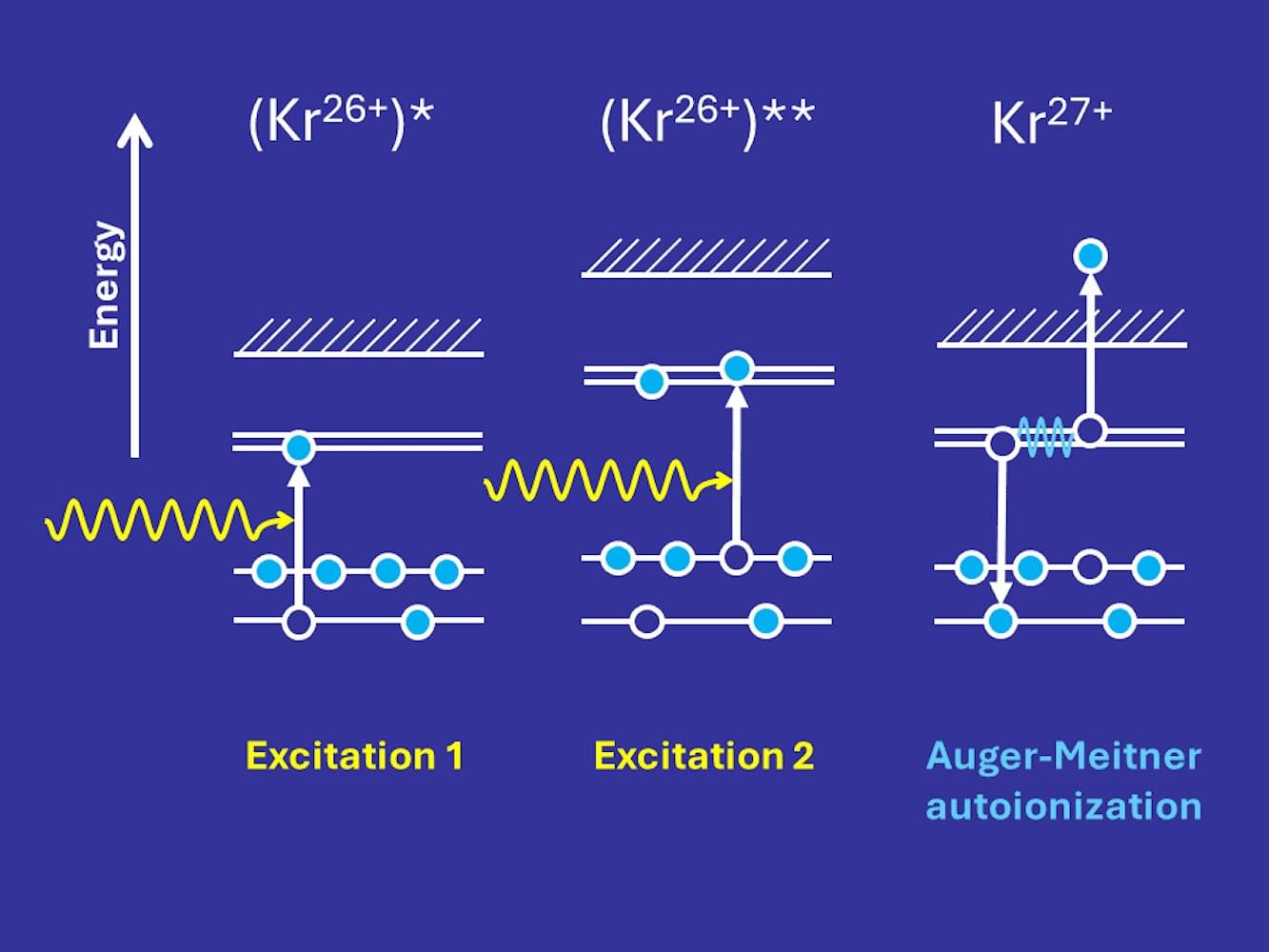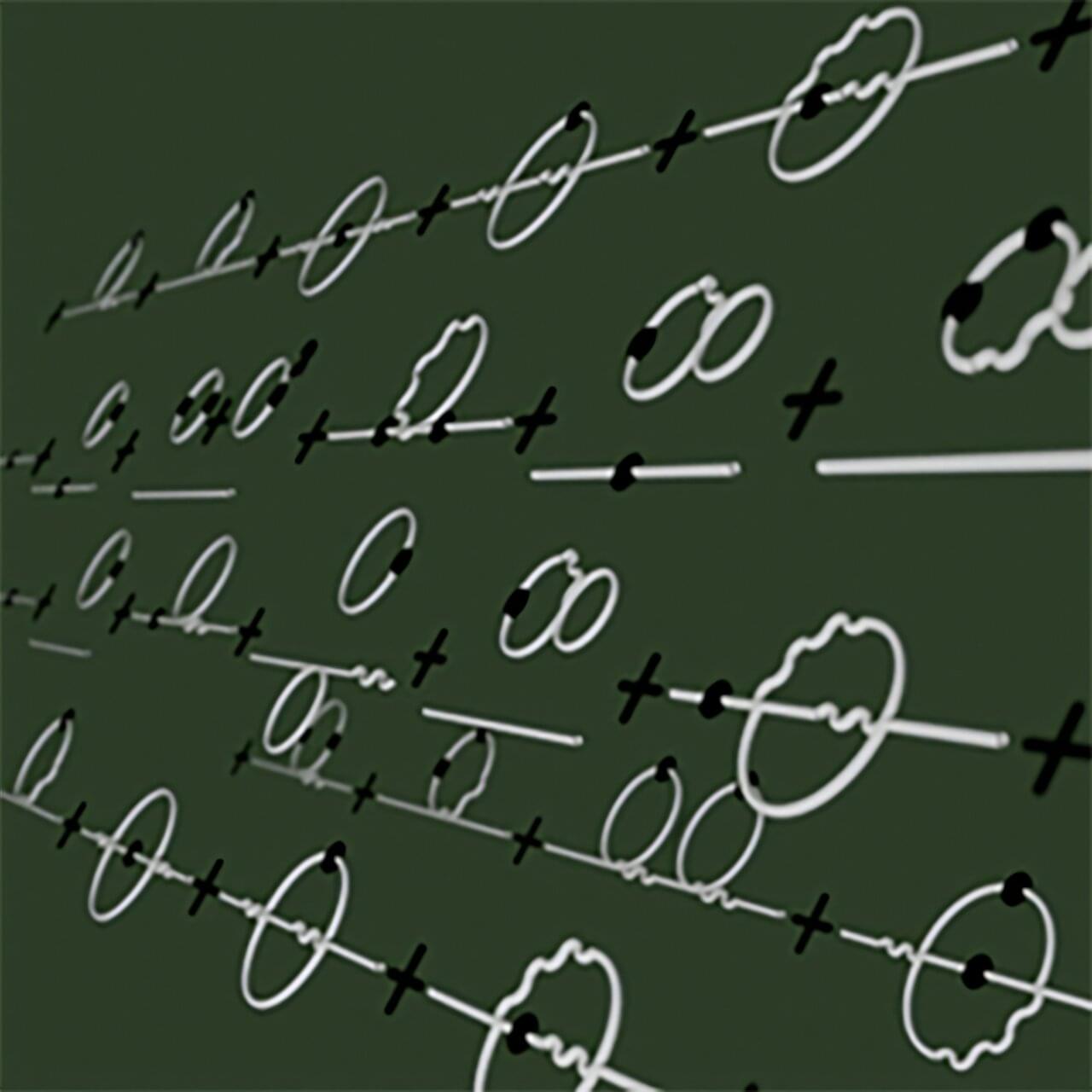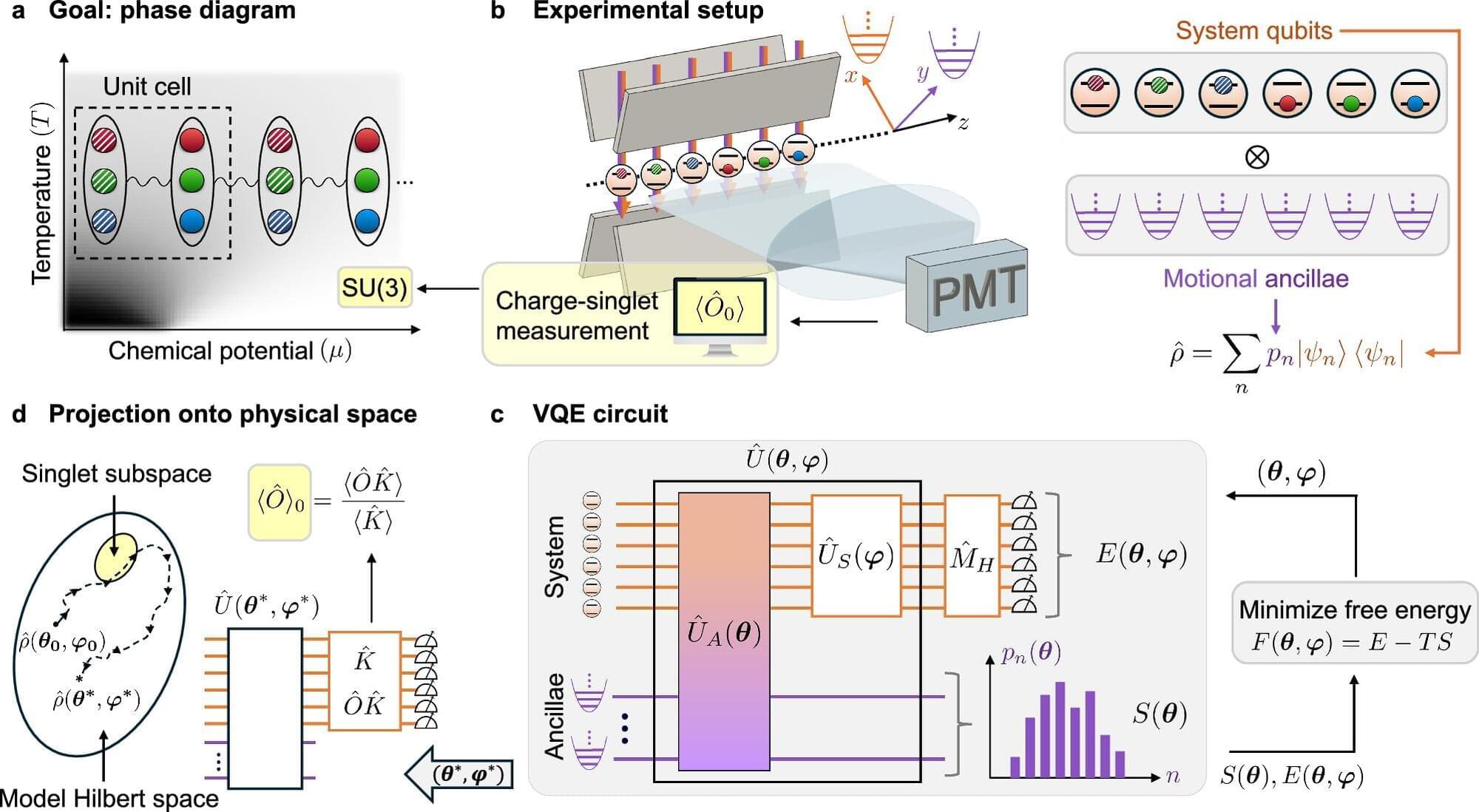And this isn’t the only close match. The energy signature of these gamma-rays closely matches those predicted to emerge from the annihilation of colliding WIMPs, which are predicted to have a mass around 500 times that of a proton, the ordinary matter particles found at the heart of atoms. Totani suggests there aren’t any other astronomical phenomena that easily explain the gamma-rays observed by Fermi.
“If this is correct, to the extent of my knowledge, it would mark the first time humanity has ‘seen’ dark matter. And it turns out that dark matter is a new particle not included in the current standard model of particle physics,” Totani said. “This signifies a major development in astronomy and physics.”
While Totani is confident that what he and his colleagues have detected is the signature of dark matter WIMPs annihilating each other at the heart of the Milky Way, the scientific community in general will require more hard evidence before the book is closed on this nearly century-old mystery.
